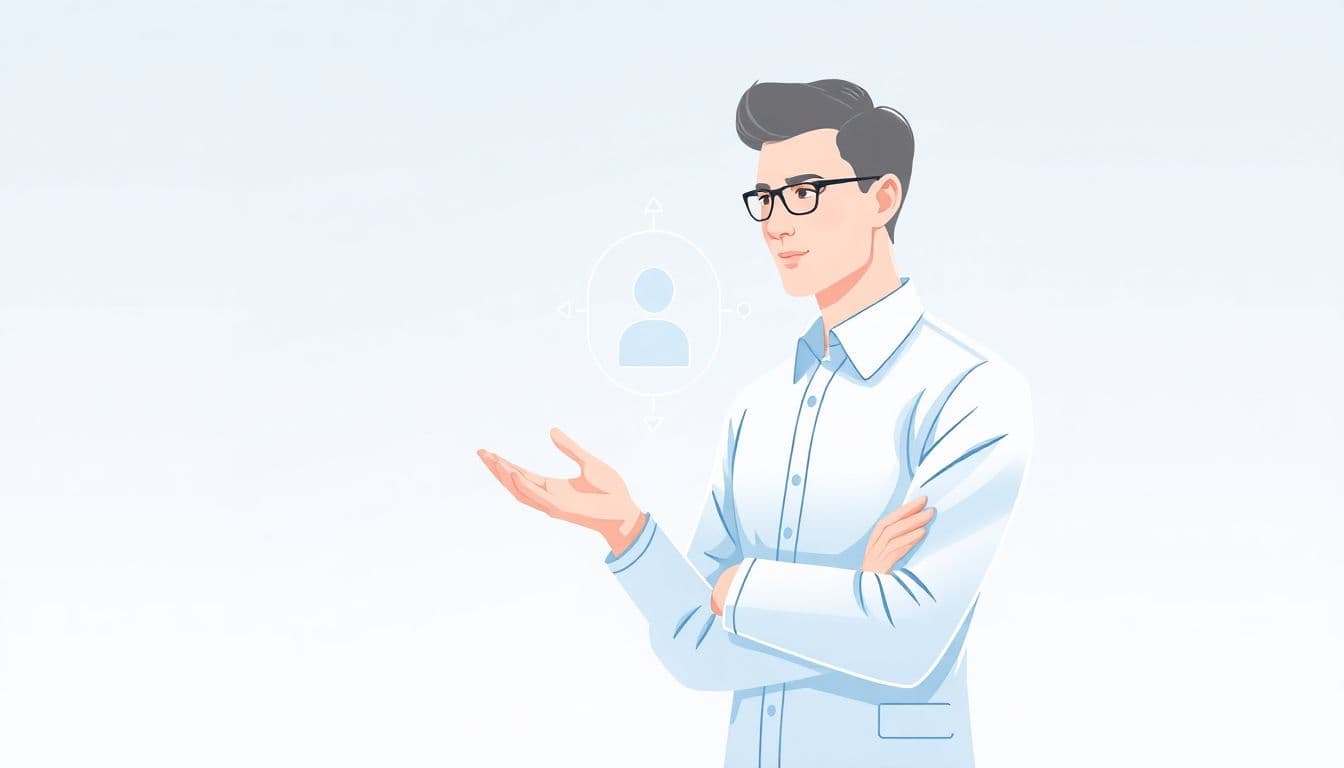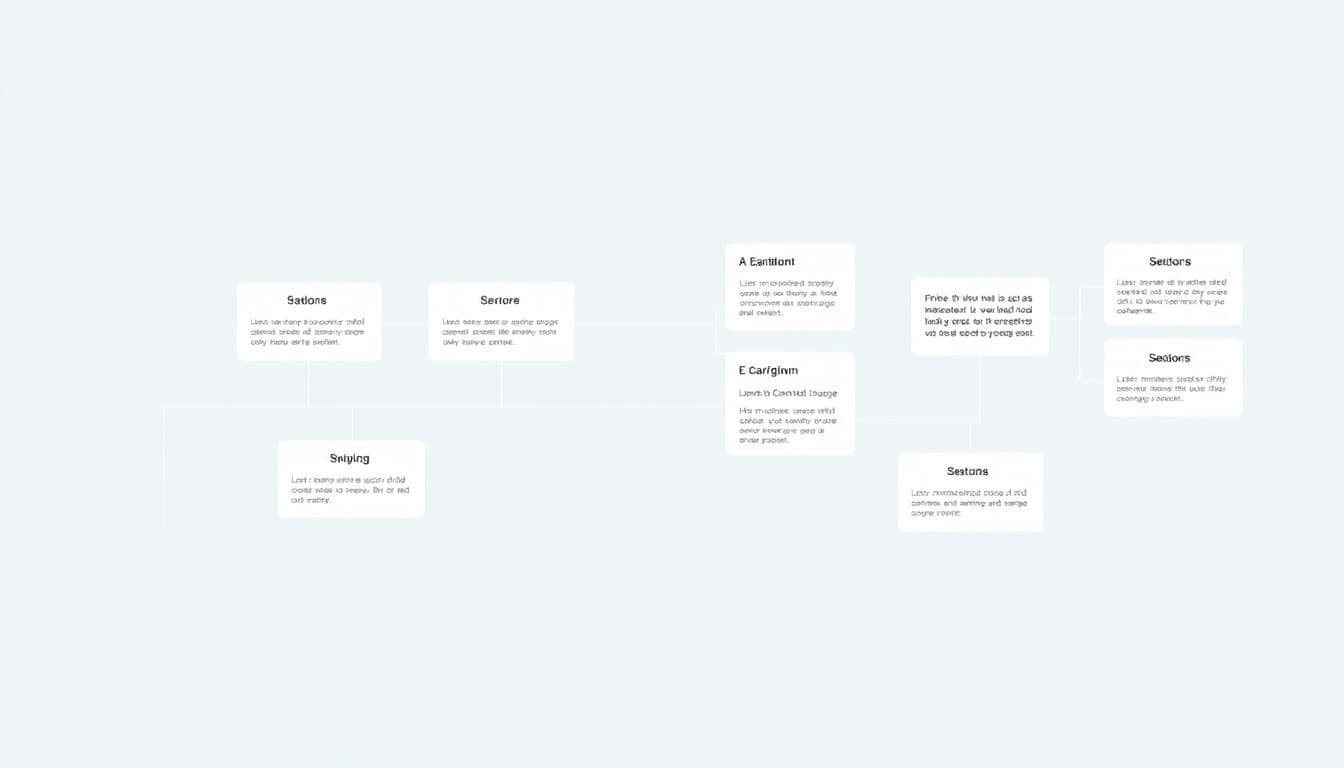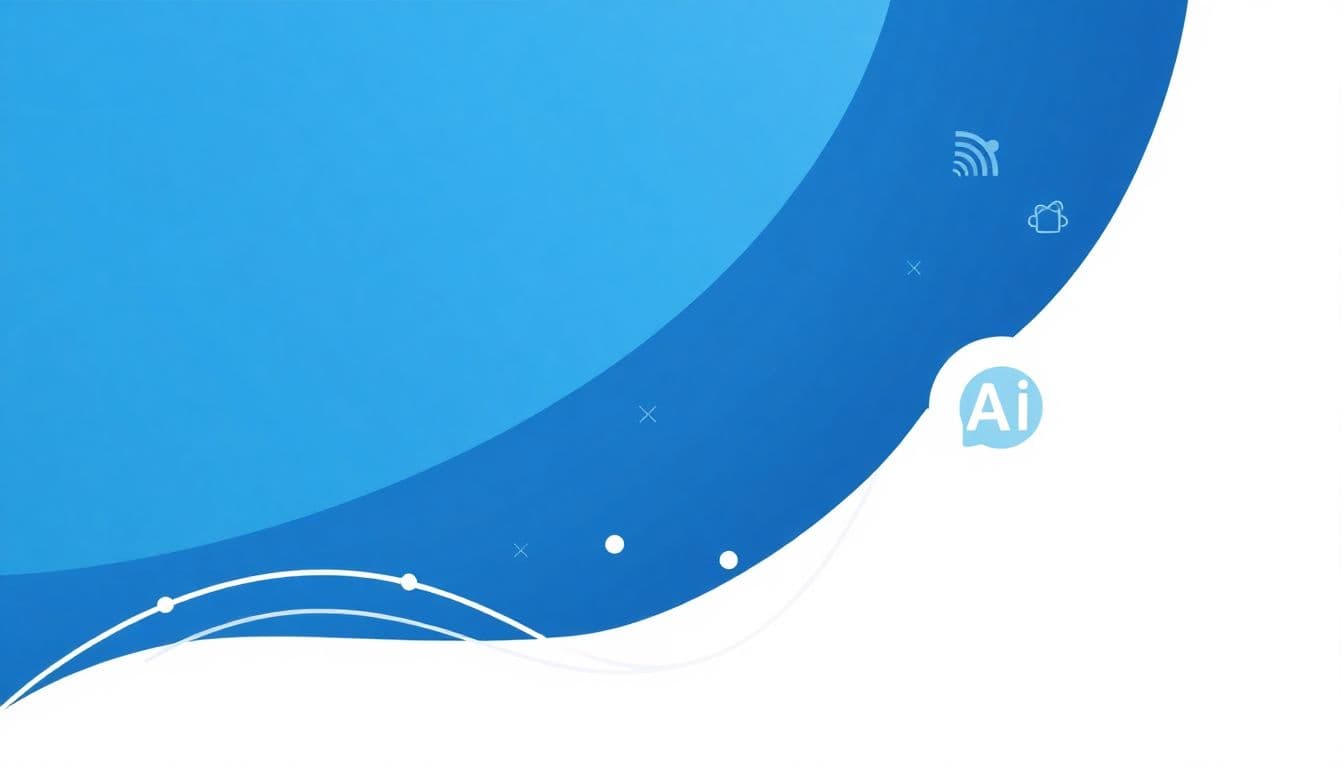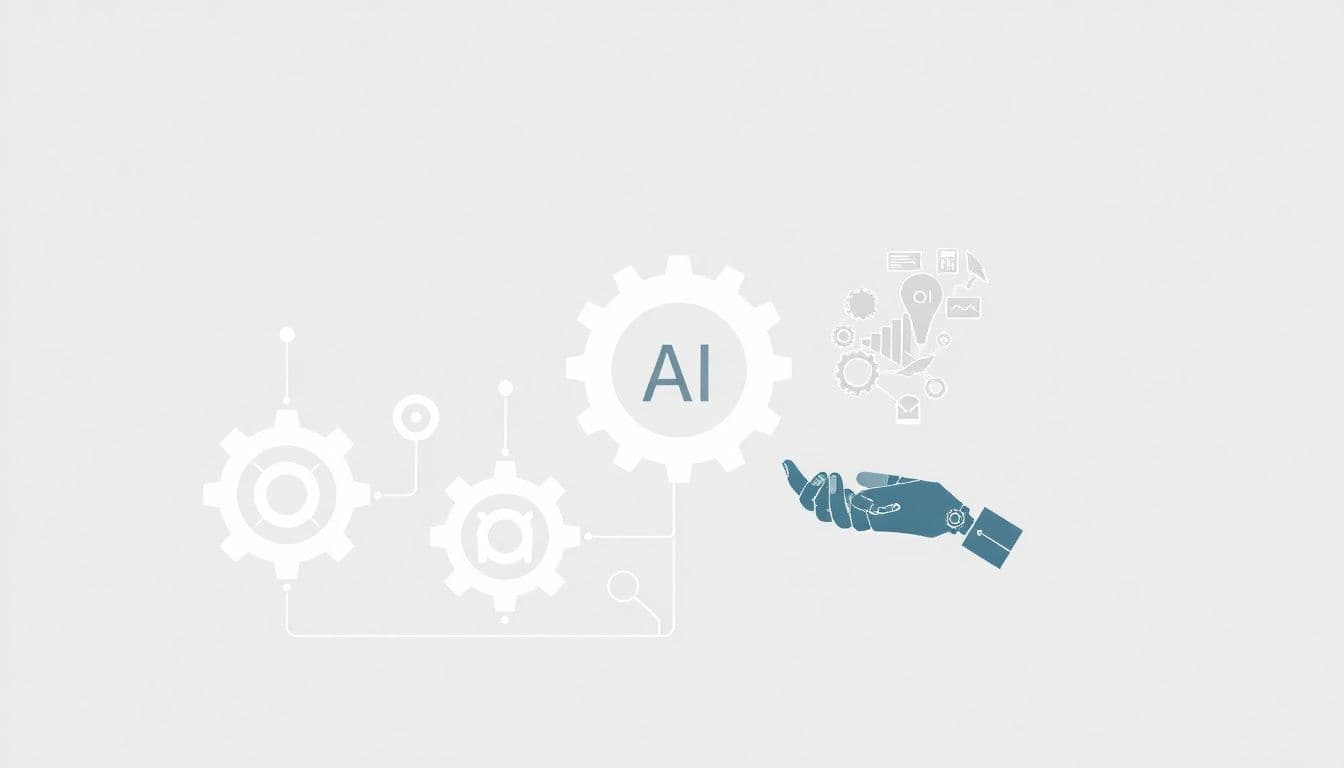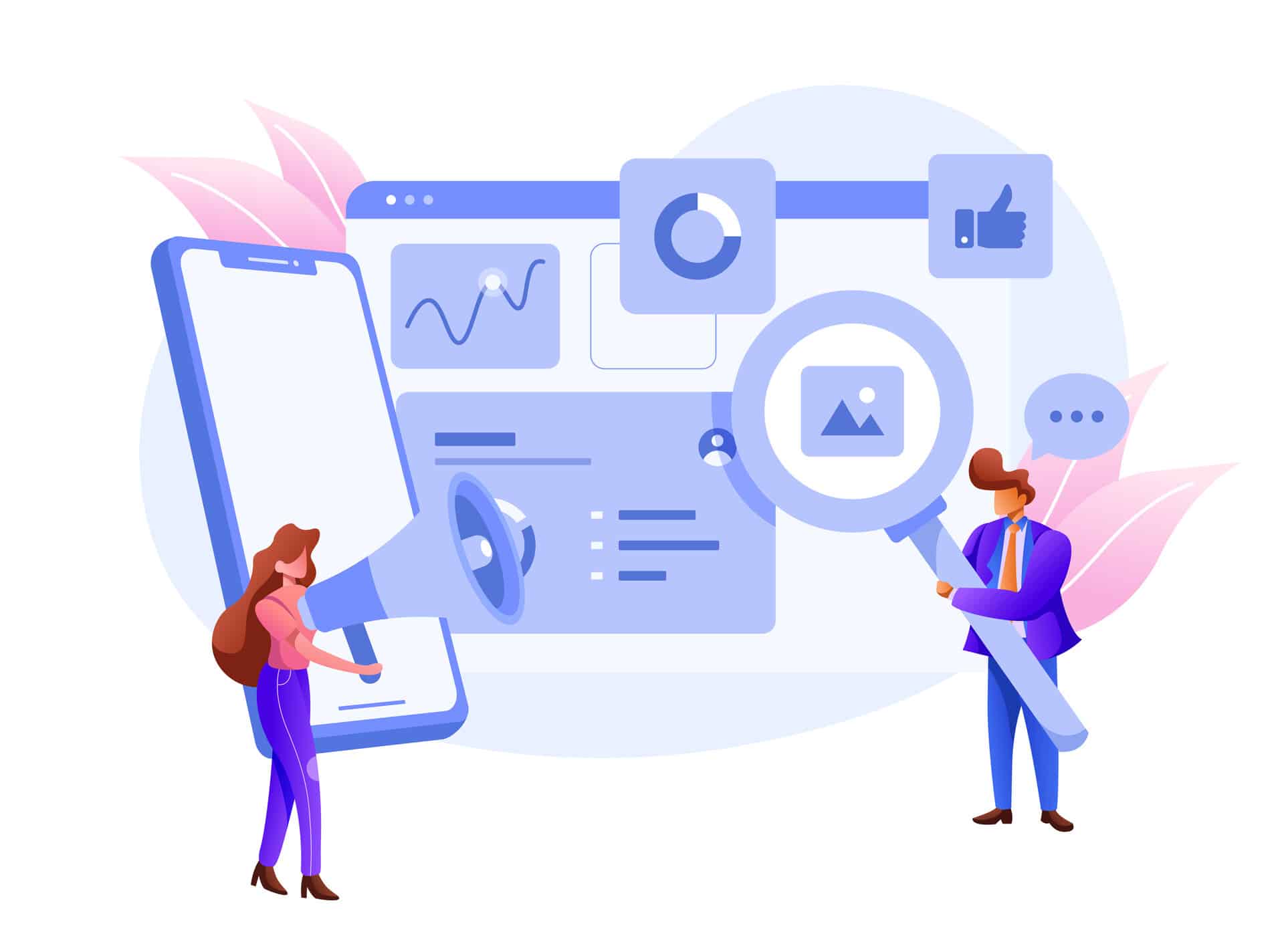ChatGPT is a cutting-edge Artificial Intelligence (AI) chatbot that can revolutionize the way businesses engage with customers.
It is a natural language processing (NLP) model that can understand and respond to human language, making it an ideal tool for marketing. ChatGPT can be used to automate customer support, provide personalized recommendations, and even generate leads.
In this article, we will explore how ChatGPT can boost your marketing strategy and help you achieve your business goals.
Understanding ChatGPT and Its Role in Marketing
What is ChatGPT and how does it work?
ChatGPT is a machine learning model that uses deep learning algorithms to understand and respond to human language. It was developed by OpenAI, a leading AI research company.
ChatGPT uses a large amount of data to generate responses to user inputs, making it an ideal tool for natural language processing tasks.
Why is ChatGPT a game-changer for marketing?
ChatGPT can help businesses automate customer support, generate leads, and provide personalized recommendations.
It can also help businesses save time and resources by handling repetitive tasks. ChatGPT can handle multiple conversations at once, making it an ideal tool for businesses that need to scale their customer support.
How does ChatGPT improve customer engagement?
ChatGPT can improve customer engagement by providing personalized recommendations and offering solutions to customer problems.
It can also provide quick responses to customer queries, which can increase customer satisfaction. By automating customer support, businesses can free up resources to focus on other areas of their business.
Incorporating ChatGPT into Your Marketing Strategy
How to integrate ChatGPT into your existing marketing plan?
Integrating ChatGPT into your existing marketing plan requires a thoughtful and strategic approach. Here are some steps you can take to successfully integrate ChatGPT into your marketing strategy:
- Define your goals: Before you begin integrating ChatGPT into your marketing plan, you need to define your goals. What do you want to achieve with ChatGPT? Is it to improve customer engagement, generate more leads, or increase sales? Defining your goals will help you determine the right approach and measure the success of your ChatGPT marketing efforts.
- Identify use cases: Once you have defined your goals, identify the specific use cases where ChatGPT can add value to your marketing efforts. For example, you may want to use ChatGPT to answer customer queries, offer personalized product recommendations, or provide support after a purchase.
- Choose the right platform: There are many ChatGPT platforms available, and choosing the right one can make a big difference in the success of your marketing efforts. Look for a platform that offers the features and integrations that align with your use cases and business goals.
- Develop a conversational strategy: To effectively engage with customers through ChatGPT, you need to develop a conversational strategy. This involves identifying the tone, language, and messaging that align with your brand voice and values. You also need to consider the different scenarios that may arise during conversations and prepare appropriate responses.
- Train and optimize ChatGPT: Once you have integrated ChatGPT into your marketing plan, you need to train and optimize it to provide the best possible customer experience. This involves refining your conversational strategy based on customer feedback and data, and continuously testing and optimizing your ChatGPT responses to improve their effectiveness.
Best practices for using ChatGPT in marketing campaigns
To maximize the effectiveness of ChatGPT in your marketing campaigns, here are some best practices to keep in mind:
- Provide personalized experiences: One of the biggest advantages of ChatGPT is its ability to provide personalized experiences to customers. Use ChatGPT to tailor your messaging and offers based on the customer’s preferences, behaviors, and previous interactions with your brand.
- Use a conversational tone: ChatGPT is designed to mimic human conversation, so use a conversational tone that is natural and engaging. Avoid using too much jargon or technical language that may confuse or alienate customers.
- Be responsive: Customers expect a quick response when they engage with ChatGPT. Make sure your ChatGPT is set up to respond promptly and efficiently to customer queries and requests.
- Use chatbots for specific use cases: ChatGPT can be a powerful tool for specific use cases, such as answering frequently asked questions or providing support after a purchase. However, it may not be suitable for more complex issues that require a human touch.
- Monitor and measure performance: To evaluate the success of your ChatGPT marketing campaigns, you need to monitor and measure its performance. Use metrics such as engagement rates, conversion rates, and customer satisfaction to assess the effectiveness of your ChatGPT strategy and make adjustments as needed.
How to measure the success of ChatGPT in your marketing efforts?
Measuring the success of ChatGPT in your marketing efforts requires tracking and analyzing relevant metrics. Here are some metrics to consider when measuring the success of your ChatGPT strategy:
- Conversation completion rates: This measures the percentage of conversations that are successfully completed by ChatGPT without the need for human intervention.
- Response times: This measures the time it takes for ChatGPT to respond to a customer query or request.
- Customer satisfaction scores: This measures the level of satisfaction that customers have with their interactions with ChatGPT.
- Conversion rates: This tracks the number of customers who convert as a result of their interaction with ChatGPT.
ChatGPT vs. Traditional Marketing: Pros and Cons
What are the advantages of using ChatGPT over traditional marketing?
The advantages of using ChatGPT over traditional marketing include the ability to automate customer support, provide personalized recommendations, and generate leads.
ChatGPT can also handle multiple conversations at once, which can help businesses scale their customer support. Additionally, ChatGPT can save time and resources by handling repetitive tasks.
When should you use traditional marketing instead of ChatGPT?
Traditional marketing may be more effective than ChatGPT for certain tasks, such as building brand awareness or launching new products.
Traditional marketing can also be more effective for reaching a broader audience.
However, businesses should consider using ChatGPT in conjunction with traditional marketing to provide a personalized and efficient customer experience.
ChatGPT for Marketing: Common Questions Answered
Chatbots powered by ChatGPT have gained popularity in the marketing industry due to their ability to offer personalized, real-time, and efficient customer service.
However, as with any technology, ChatGPT has its limitations and ethical considerations that businesses should be aware of when implementing it in their marketing strategies.
What are the limitations of ChatGPT in marketing?
One of the main limitations of ChatGPT is that it requires a significant amount of data to learn and provide accurate responses.
This means that businesses with limited customer interactions or data may not benefit from using ChatGPT in their marketing strategies.
Additionally, ChatGPT may struggle with understanding complex or nuanced customer inquiries, especially if they contain colloquial language or cultural references.
Another limitation of ChatGPT is that it cannot replace human interaction entirely.
While it can assist with simple inquiries and basic customer service, customers may become frustrated if they cannot speak with a human representative for more complex issues or concerns.
Is ChatGPT suitable for all types of businesses?
While ChatGPT can benefit many types of businesses, it may not be suitable for all industries.
For example, businesses that offer highly specialized products or services may not be able to rely on ChatGPT to provide accurate information or advice to customers.
Additionally, industries that require a high level of security or confidentiality, such as finance or healthcare, may not be able to use ChatGPT due to the potential risks of data breaches or privacy violations.
How to train ChatGPT to provide better customer service?
To ensure that ChatGPT provides accurate and helpful responses to customer inquiries, businesses should provide the bot with as much relevant data as possible.
This includes information about the business’s products or services, frequently asked questions, and common customer concerns.
Businesses should also regularly monitor and update the bot’s responses to ensure that they remain accurate and up-to-date.
Another way to train ChatGPT is to provide it with customer feedback and data. This can help the bot learn about common customer complaints or issues and adjust its responses accordingly.
Additionally, businesses can use sentiment analysis tools to analyze customer feedback and identify areas where ChatGPT may need improvement.
ChatGPT for Marketing: Best Practices and Tips
While ChatGPT can offer significant benefits to businesses, it is essential to use it effectively to maximize its potential. Here are some best practices and tips for using ChatGPT in marketing.
How to create compelling chatbot conversations with ChatGPT?
To create compelling chatbot conversations with ChatGPT, businesses should focus on personalization, relevance, and engagement.
This includes using the customer’s name, addressing their specific concerns or inquiries, and providing helpful and informative responses.
Additionally, businesses should aim to create a conversational tone and avoid using overly formal or technical language.
Another way to create engaging chatbot conversations is to incorporate multimedia content such as images or videos. This can help break up text-heavy conversations and provide additional context or information to the customer.
How to optimize ChatGPT for better marketing results?
To optimize ChatGPT for better marketing results, businesses should regularly monitor and analyze the bot’s performance.
This includes tracking metrics such as customer satisfaction, response time, and conversation completion rates.
Businesses should also use A/B testing to experiment with different bot responses and strategies to identify the most effective approach.
Additionally, businesses should integrate ChatGPT with their other marketing channels and strategies, such as social media or email marketing.
This can help create a consistent and cohesive customer experience across all channels and improve the overall effectiveness of their marketing efforts.
What are the ethical considerations when using ChatGPT in marketing?
When using ChatGPT in marketing, businesses should consider ethical considerations such as data privacy and transparency.
Businesses should be transparent about their use of ChatGPT and clearly inform customers that they are interacting with a chatbot rather than a human representative.
Additionally, businesses should ensure that the bot is not collecting or sharing sensitive customer data without their consent.
Another ethical consideration is bias. ChatGPT may inadvertently learn and reproduce biases present in the data it was trained on, such as gender or racial bias.
To avoid this, businesses should carefully select and review the data used to train the bot and regularly monitor and adjust its responses to ensure they are unbiased and fair.
Finally, businesses should consider the potential impact of ChatGPT on employment.
While chatbots can offer significant benefits to businesses in terms of efficiency and cost savings, they may also displace human workers.
It is important for businesses to consider the potential impact of ChatGPT on their workforce and take steps to minimize any negative effects.
Conclusion
In conclusion, ChatGPT offers significant benefits to businesses in terms of customer service and marketing.
However, it is essential for businesses to be aware of the limitations and ethical considerations when implementing ChatGPT in their marketing strategies.
By following best practices and ensuring transparency and fairness, businesses can use ChatGPT effectively to improve their customer experience and drive better marketing results.
